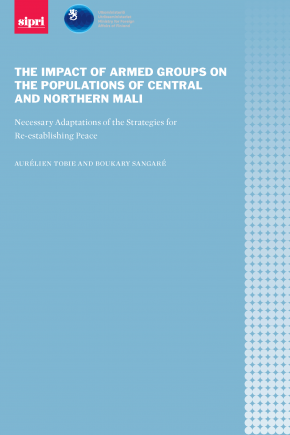The Impact of Armed Groups on the Populations of Central and Northern Mali
Since 2012, Mali has seen many armed groups operate on its territory. International interventions, as well as national reconciliation and stabilization efforts, have led to a categorization of these groups along lines of conflict relevant to the national and international levels. Groups can be classified according to their opposition to or alliance with the Malian Government and the official forces; their ideological agenda; or their association with criminal activities. However, these categories do not necessarily reflect the internal identity of these groups and the many facets of their interactions with the communities with which they coexist.
This study attempts to describe these interactions and to explain the positioning of communities in the presence of these groups. The coexistence of communities and armed groups on the same territory generates renegotiations of the security, economic or social relations between the actors involved. These social changes must be taken into account in the responses adopted by the Malian Government and its partners to the presence of armed groups on the territory of Mali.
1. Introduction
2. The governance of armed groups in Mali
3. Social change generated by armed groups
4. Conclusions and recommendations


